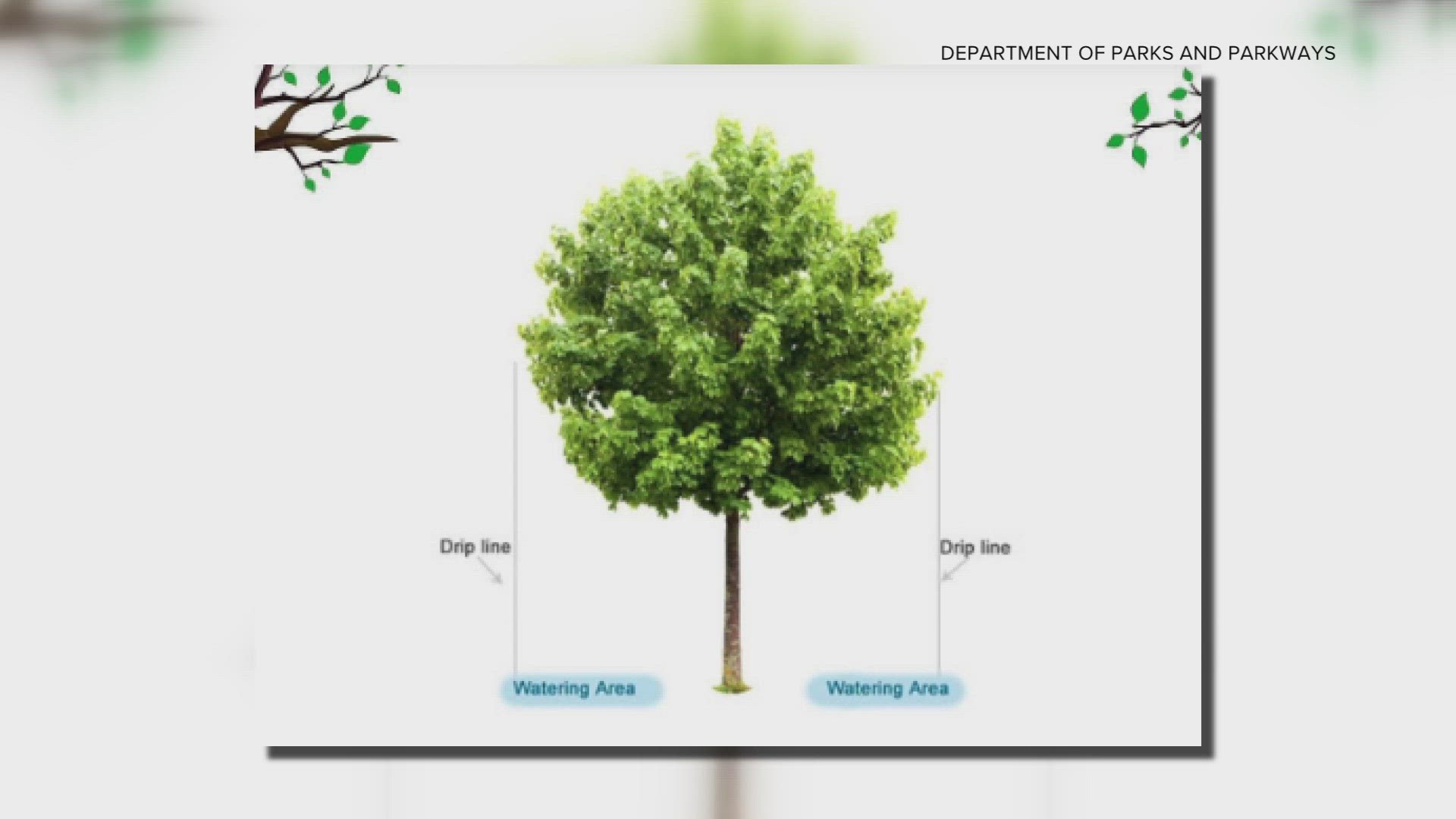NEW ORLEANS —
With this being the most active time of hurricane season, has the heat and drought made trees more likely to fall during a storm?
A tree that looked healthy recently surprised homeowners when it came crashing down on their home during a sunny day, doing major damage. So, horticulturist Dan Gill says look for problems now.
“Inspect your trees very carefully right now. You can not call an arborist up when there's a hurricane headed toward Louisiana,” said horticulturist Dan Gill, who is retired from the LSU Agricultural Center.
He says look for decay, peeling bark, wounds bleeding out sap, fungus, holes, termites, and broken branches. And now Gill is also getting questions about the damage from this summer's record heat and drought.
“We see widespread signs of stress. Trees are shedding. Trees are changing color. They've got scorched edges. In the most extreme circumstances, we see entire trees, large, old, well-established trees are turning brown.”
He says sick, dying or dead trees should always be removed to protect your life, and property from a storm, but hold off on ones that just started showing signs of stress.
“But these trees, we don't know if they're dead or not. At this point, they may have just shut down their foliage, and they may possibly recover,” he said.
So wait. If they don't leaf out by next May, they are dead and need to be removed, but for now newly sick and dying trees should still have strong roots holding them down, even in this very dry soil.
“We're always concerned when there's been a lot of rain, and the soil is saturated, but that's not the case when the soil is dry. The friction is still there. Roots will not pull out of a dry soil as easily as they would pull of a saturated, or really wet soil,” Gill explained.
He says the key to saving stressed trees is watering them the right way. Once or twice a week, give them an inch of water. Measure that by putting a few used cans out.
“Turn your irrigation system on, your sprinkler whatever it is, and when an inch of water has accumulated in those cans, that's about how long it takes for your irrigation to put out an inch of water.”
And water trees as far away from the trunk as the edges of the branches. It's called the drip line.
“But that also marks where much of the feeder root system is located, in a large donut shaped area, that's centered on that drip line of the trees,” said Gill.
Watering close to the trunk, won't get absorbed as well.
Horticulturist Dan Gill, is on live every Saturday morning on WWL-AM radio, to take your questions from 9 a.m. to 11 a.m. It is also on the Odysee app.
Advice from The City of New Orleans, Department of Parks and Parkways.
Home page: https://nola.gov/parks-and-parkways/

